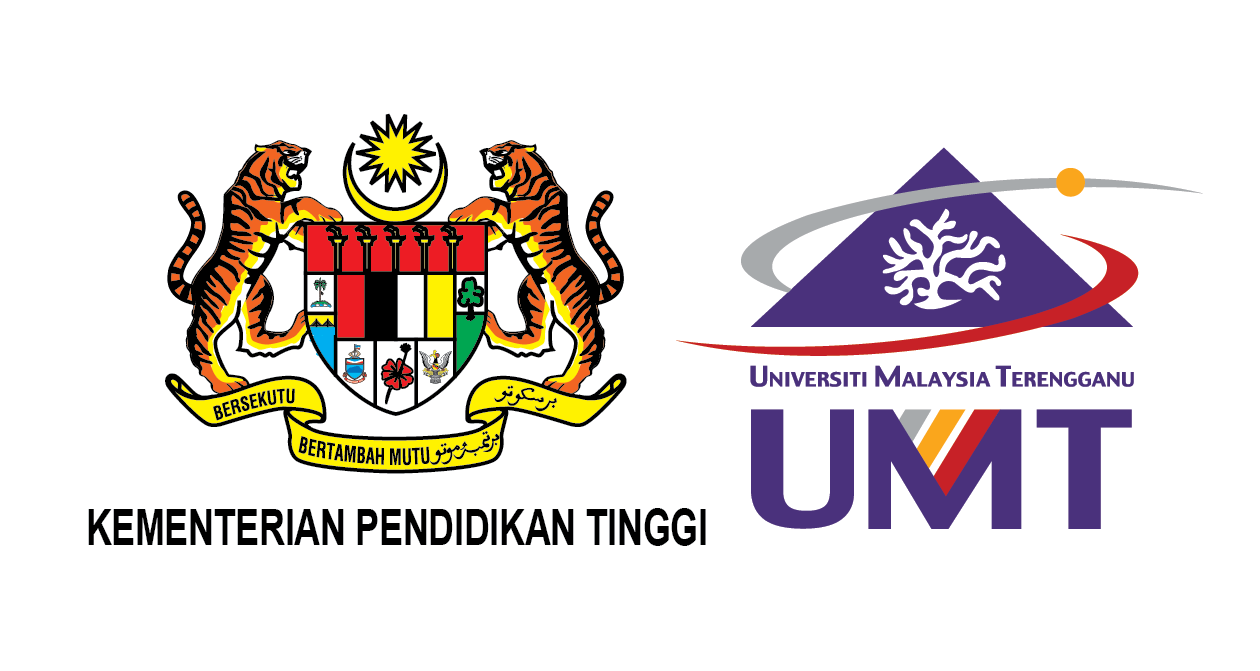Please use this identifier to cite or link to this item:
http://umt-ir.umt.edu.my:8080/handle/123456789/7098Full metadata record
| DC Field | Value | Language |
|---|---|---|
| dc.contributor.author | A.W.M. EFFENDY | - |
| dc.contributor.author | K.G. VIJAYENDRAN | - |
| dc.contributor.author | Cha, T. S. | - |
| dc.contributor.author | MARIAM T. | - |
| dc.date.accessioned | 2017-10-04T04:50:47Z | - |
| dc.date.available | 2017-10-04T04:50:47Z | - |
| dc.date.issued | 2010 | - |
| dc.identifier.uri | http://hdl.handle.net/123456789/7098 | - |
| dc.description.abstract | Generally, in the environment, aquatic organisms are continuously being exposed to more than one heavy metal. The main objectives of the study are to observe the simultaneous effects of copper (Cu) and lead (Pb) and the relationship between these metals in a series of concentrations. Metal accumulations in the fish gills (exposed to Cu alone, exposed to Pb alone, exposed to synthetic solution of both Cu and Pb) were measured for 21 days of exposure period. Results of the exposure experiment indicated that Pb accumulated more than Cu in single-metal exposure (p <0.05) throughout the exposure period, whereas Cu seems to facilitate the uptake of Pb and vice versa throughout the exposure period. For the first 14 days of exposure, the Cu concentration was higher in the fish gills than Pb. However, the accumulation of Pb in the fish gills increased drastically during the last 7 days of exposure period in all concentrations. This clearly shows a possible alteration of the physiological absorption process. | en_US |
| dc.language.iso | en | en_US |
| dc.publisher | Journal of Sustainability Science and Management | en_US |
| dc.subject | Copper | en_US |
| dc.subject | Lead | en_US |
| dc.subject | conference | en_US |
| dc.subject | water | en_US |
| dc.title | THE EFFECT OF SIMULTANEOUS EXPOSURE OF COPPER AND LEAD TO HYBRID TILAPIA (Oreochromis sp.) | en_US |
| dc.type | Article | en_US |
| Appears in Collections: | Journal Articles | |
Files in This Item:
| File | Description | Size | Format | |
|---|---|---|---|---|
| 3.Jun10.pdf | 7.82 MB | Adobe PDF | View/Open |
Items in UMT-IR are protected by copyright, with all rights reserved, unless otherwise indicated.

